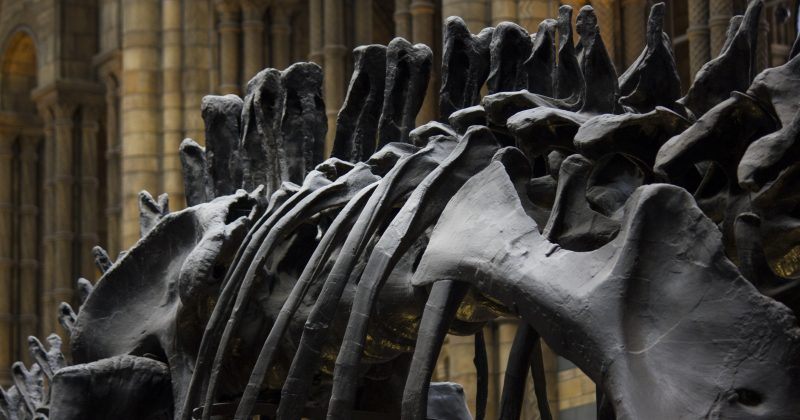CRISPR editing wild DNA – promise or nightmare?
Even at our most peaceful time of the day, when we are calm, not moving, in silence, no matter how quiet our body looks, there is something completely different going on inside us. In our body there are thousands of chemical reactions going on, numerous biochemical routes working at the same time and for the most part they are all perfectly balanced. This dynamic equilibrium is our own point in evolution, where we, as an individual or a group, fit into our environment.
In every balanced system, affecting one of the components may cause an imbalance that puts at risk the whole group integrity.
Of all biomolecules or cell components, DNA is probably the most challenging and interesting from a biological point of view. DNA constitutes the genetic instructions for the development, functioning and reproduction of all known living organisms and therefore genetically determines who or what we are.
It is thus with a mixture of trepidation and excitement that the ready availability...

